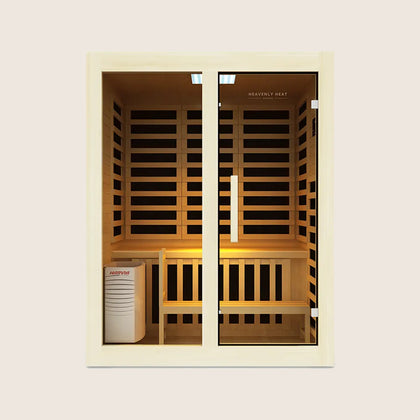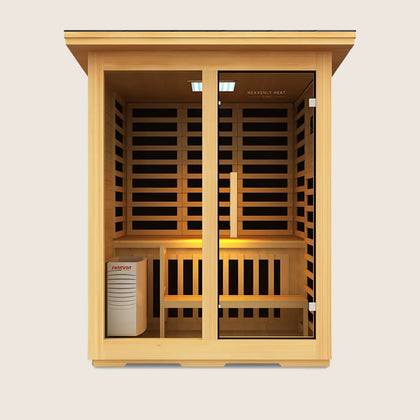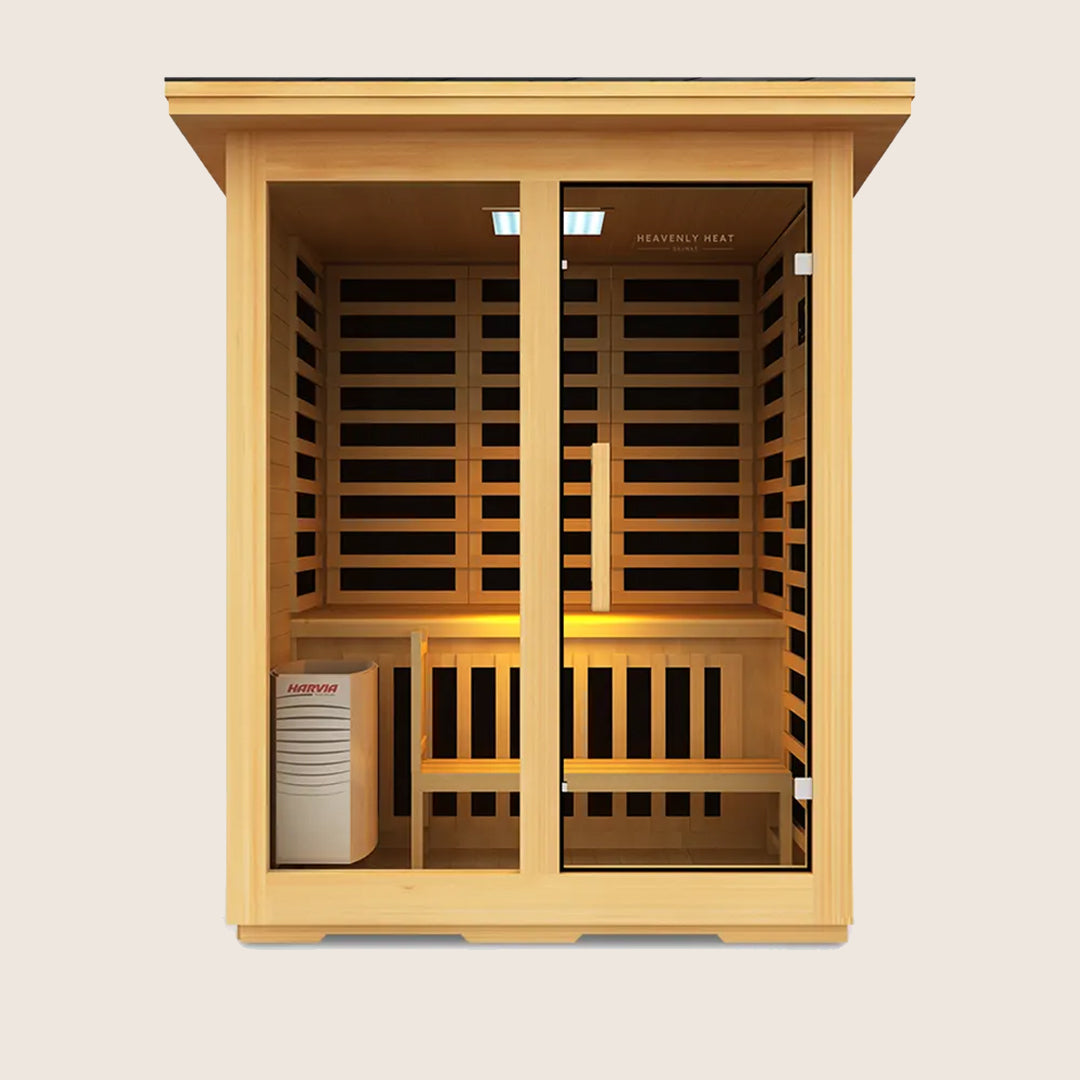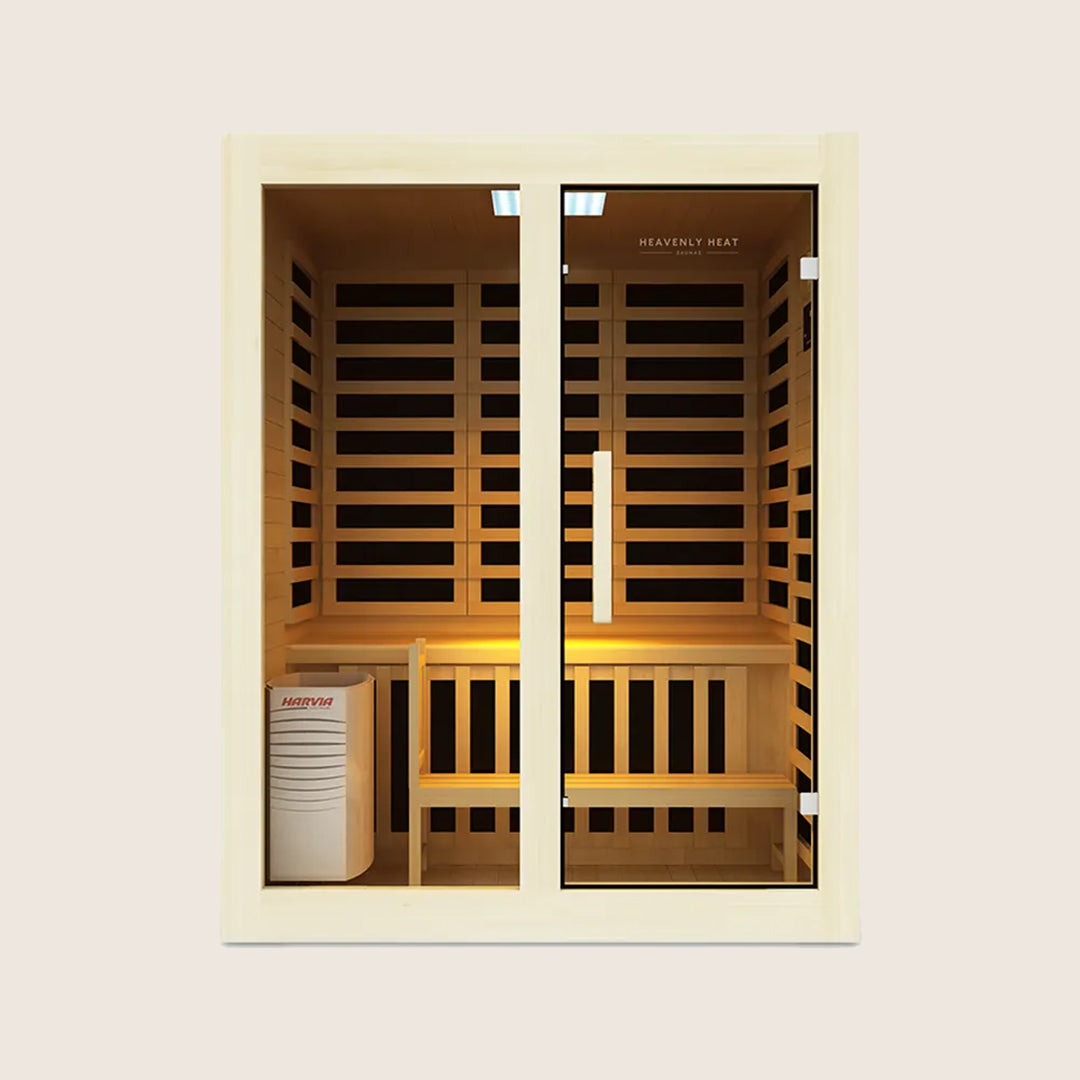Best Hot Tub Chemicals for Sensitive Skin: Safe Options

Soaking in a hot tub should feel relaxing, not itchy or uncomfortable. For people with sensitive skin, traditional chemicals like chlorine or bromine often cause redness, dryness, or irritation.
Luckily, safer alternatives exist. From mineral sanitizers to gentle enzymes, you can enjoy clean, soothing water without harsh side effects. Let’s explore the best options for sensitive skin.
Key Takeaways
Avoid Harsh Chemicals: Skip traditional chlorine and bromine to protect sensitive skin.
Choose Mineral or Saltwater Systems: They sanitize effectively while reducing dryness and irritation.
Use Enzymes for Gentle Cleaning: Break down oils and organic matter without harsh chemicals.
Maintain Balanced pH: Keep water between 7.2–7.6 to prevent redness, dryness, and discomfort.
Opt for Non-Chlorine Shock Treatments: Refresh water safely without causing skin irritation.
Best Hot Tub Chemicals for Sensitive Skin
Avoid harsh chlorine and bromine for a more comfortable soak
Many people with sensitive skin struggle when using hot tubs treated with chlorine or bromine. Studies show these common sanitizers can dry out skin by stripping natural oils, leaving it itchy, flaky, or irritated.
Bromine, in particular, has been linked to burns, discoloration, and slow-healing rashes, while chlorine’s hypochlorous acid can cause long-term dryness and cracked skin.
Reactions are fairly common, ranging from hot tub folliculitis (a bacterial rash) to chemical dermatitis from high sanitizer levels or imbalanced pH. Those with conditions like eczema or asthma are especially prone to irritation.
Dermatologists recommend gentler alternatives such as saltwater systems, enzyme-based cleaners, or copper-silver ionizers, which use fewer harsh chemicals while still keeping water safe.
Biguanides (PHMB) are another chlorine-free option that many find easier on the skin. To reduce risks, always keep water chemistry balanced, shower after soaking, and moisturize afterward.
Choosing skin-friendly sanitizers and practicing simple care steps can make hot tub time far more soothing and enjoyable
Mineral-based sanitizers are the safest choice for delicate skin
If you have sensitive skin, harsh chemicals like chlorine and bromine can often leave you with dryness, redness, or irritation.
That’s why many hot tub owners are turning to mineral-based sanitizers, which use natural elements like copper and silver to keep water clean.
Research shows these minerals sanitize effectively without producing the harsh byproducts that typically cause itchy skin or stinging eyes.
They also create softer water, reduce chemical odors, and make soaking more comfortable for those prone to irritation.
While dermatologists don’t specifically study hot tub sanitizers, minerals such as zinc and sulfur are well-documented for their soothing, anti-inflammatory benefits in eczema and other skin conditions.
Spas and health experts already recommend mineral sunscreens for delicate skin, which further supports their gentle reputation.
Another bonus: mineral systems require fewer daily adjustments, maintain balanced water longer, and are easier on your hot tub’s components.
Though they may need occasional cartridge replacements and sometimes a backup oxidizer, mineral sanitizers remain one of the best choices for anyone wanting a safer, skin-friendly soak.

Enzyme treatments keep water clean without harsh side effects
Enzyme-based hot tub treatments are becoming a favorite for people with sensitive skin, and for good reason.
Unlike relying heavily on chlorine or bromine, enzymes work alongside these sanitizers, breaking down oils, sweat, lotions, and other organic waste so the water stays clearer with fewer chemicals.
Research shows enzymes like lipases, proteases, and amylases act as natural catalysts, reducing scum lines, odors, and the need for harsh shock treatments.
Studies even document up to 50% reductions in turbidity and as much as 78% in chemical oxygen demand, proving how effectively enzymes enhance water clarity while cutting down chemical use.
For those with eczema or skin concerns, enzymes are considered a safer choice. The British Journal of Dermatology notes that while raw enzyme materials may cause irritation in industrial settings, consumer use in products like detergents and spa care shows no real risk of skin reactions.
In fact, enzyme formulas are biodegradable, eco-friendly, and provide a gentler, fresher hot tub experience.
pH balancers designed for sensitive skin reduce dryness and redness
pH balancers designed for sensitive skin are essential to keep your soak comfortable and your skin healthy.
Hot tub water should ideally maintain a pH between 7.2 and 7.6, which protects your skin from dryness, redness, and irritation while keeping sanitizers effective.
High pH can make water harsh, causing itching, rashes, and even eye discomfort, while low pH can corrode equipment and reduce sanitizer efficiency.
Studies and dermatologists confirm that maintaining balanced pH helps prevent flare-ups, especially for those with sensitive skin or conditions like eczema.
Unlike regular pH balancers, formulations for sensitive skin use gentle, non-irritating ingredients, avoid harsh chemicals and fragrances, and closely match the skin’s natural acidity to support its protective barrier.
Monitoring pH regularly with test strips and adjusting with the right balancers ensures a safe, soothing soak, reduces the risk of skin irritation, and keeps your hot tub water clear and healthy. With proper care, hot tubs can remain a relaxing, skin-friendly retreat.
Non-chlorine shock treatments refresh water without irritation
Non-chlorine shock treatments are a gentle alternative for maintaining clean hot tub water, especially for those with sensitive skin.
Unlike chlorine-based shocks, which can cause dryness, itching, and eye irritation due to chloramines, non-chlorine options oxidize organic contaminants like sweat and oils without adding more chlorine.
This process breaks down the irritants in the water, leaving it refreshed and comfortable.
Dermatologists also recommend avoiding harsh chemicals for sensitive skin, favoring gentle, fragrance-free products and barrier-restoring ingredients like ceramides and panthenol.
While non-chlorine shocks are not a direct skincare product, their mild nature aligns with these expert recommendations by reducing potential skin stress during use.
User surveys and manufacturer reports consistently highlight the comfort and satisfaction of hot tub owners, noting that non-chlorine treatments are easy on the eyes and skin while keeping water balanced and inviting.
For anyone prone to irritation, choosing non-chlorine shock provides a safer, more soothing hot tub experience.
Natural Alternatives to Traditional Hot Tub Chemicals
Mineral Purifiers and Ionizers
Mineral purifiers and ionizers offer a gentler, eco-friendly way to maintain hot tub water while reducing reliance on harsh chemicals like chlorine and bromine.
These systems release silver and copper ions that help control bacteria and algae, though they aren’t strong enough to fully sanitize water on their own.
Studies show they work best alongside traditional sanitizers, allowing hot tub owners to cut chemical use by up to 40–90%, depending on the system.
Mineral purifier cartridges typically last 6–12 months, making them a cost-effective alternative to continuously buying chemicals.
Users also report clearer, fresher-smelling water that feels softer on the skin, avoiding dryness or irritation often caused by chlorine.
Independent certifications from NSF, WQA, and UL verify the safety and performance of these systems, ensuring the materials and minerals are safe for use.
Overall, mineral purifiers and ionizers make hot tub maintenance easier, reduce chemical exposure, and create a more enjoyable, spa-like experience.
Ozone Generators for Natural Sanitization
Ozone generators offer a powerful and natural way to keep hot tub water clean. With a high oxidation potential, ozone destroys bacteria and viruses almost instantly, often faster and more effectively than chlorine or bromine.
However, it doesn’t stay in the water long, so a small amount of a secondary sanitizer like chlorine or bromine is still needed, usually much less than usual.
Research shows that ozone can reduce chemical use by up to 60–90%, keeping chlorine levels around 0.5 PPM and bromine at 1 PPM, while still maintaining safe water.
Scientific studies confirm ozone’s effectiveness against a wide range of microorganisms on various surfaces, making it a trusted choice in food and water treatment.
Health organizations like the CDC and WHO recognize ozone as a strong disinfectant, though it doesn’t provide lasting protection once it dissipates.
Overall, combining ozone with a minimal sanitizer creates cleaner, fresher water while reducing chemical exposure, making your hot tub experience safer and more eco-friendly.
Saltwater Systems as a Gentle Alternative
Saltwater hot tubs offer a gentler approach compared to traditional chlorine-treated tubs.
Because these systems produce lower chlorine levels, the water is less likely to irritate skin or eyes, making it ideal for those with sensitivities.
Healthline notes that while saltwater pools still contain chlorine, it’s generated through the system rather than added directly, resulting in milder water that’s easier on hair, skin, and eyes.
Users also report a noticeable reduction in the strong chemical odor common in conventional hot tubs.
This happens because saltwater systems create chlorine on-demand via electrolysis, avoiding the buildup of harsh chloramines.
Beyond comfort, saltwater setups are more environmentally friendly: they reduce the need for manufactured chemicals, lower packaging waste, and minimize chemical runoff into local ecosystems.
Only small amounts of salt need periodic replenishment, conserving water and cutting emissions from transporting chemical products.
Overall, saltwater systems provide a softer, cleaner, and eco-conscious way to enjoy a relaxing soak.
Enzyme-Based Cleaners for Organic Waste
Enzyme-based cleaners offer a natural, effective way to keep hot tubs clean by breaking down body oils, sweat, lotions, and other organic waste at a molecular level.
These enzymes, such as lipases for fats and proteases for proteins, act as catalysts, fully decomposing organic matter rather than just masking it.
This process prevents buildup, reduces odors, and allows sanitizers like chlorine or bromine to work more efficiently.
Unlike harsh oxidizers, enzymes continuously clean biofilm in plumbing without damaging seals or equipment, reducing the need for frequent system purges.
Studies and industry reports show that regular use of enzymes lowers overall chemical demand, energy, and water use while maintaining water clarity and freshness.
By breaking down odorous compounds and complex organic matter, enzymes improve water quality and create a softer, clearer bathing experience.
Over time, their gentle yet powerful action can also reduce maintenance costs, minimize equipment corrosion, and provide a more sustainable, environmentally friendly approach to hot tub care.
Baking Soda and Vinegar for Balance and Cleaning
Using natural ingredients like baking soda and vinegar can be a safe and effective way to maintain your hot tub.
Baking soda, or sodium bicarbonate, works as a pH buffer by raising total alkalinity, which stabilizes pH levels without causing drastic changes.
For example, about 1.25 ounces (35 grams) of baking soda can raise the alkalinity of a 400-gallon hot tub by 10 ppm.
It’s essentially the same active ingredient found in many commercial alkalinity increasers, making it a cost-effective and accessible alternative.
On the cleaning side, vinegar’s acetic acid helps remove mineral deposits and limescale, though studies, such as those highlighted in BMC Microbiology, show that higher concentrations, especially when combined with citric acid, can even reduce bacteria and viruses.
While vinegar is milder than chemical cleaners and not EPA-registered, it’s a safer option for routine maintenance, particularly for surfaces prone to corrosion.
Together, baking soda and vinegar offer a natural, practical approach to keeping your hot tub clean, balanced, and enjoyable.
Are Saltwater Systems Safe for Sensitive Skin?
Saltwater pools can be gentler on sensitive or eczema-prone skin compared to traditional chlorine pools.
The National Eczema Association notes that lower chlorine levels in saltwater systems typically cause less skin and eye irritation, making swimming more comfortable.
Additionally, minerals like magnesium, commonly found in saltwater pools, may offer real dermatological benefits.
Research published in the International Journal of Dermatology found that bathing in magnesium-rich salt solutions improved skin hydration, reduced redness, and strengthened the skin barrier in individuals with atopic dry skin.
However, experiences can vary, while some people find saltwater soothing, others may feel discomfort.
To minimize irritation, the National Eczema Association recommends applying a moisturizer before swimming, staying hydrated, showering with lukewarm water immediately after, and reapplying moisturizer.
Balancing these precautions with the lower chlorine exposure and the naturally soft feel of saltwater can make these pools a viable, skin-friendly option for many swimmers.
How to Reduce and Prevent Skin Irritation from Hot Tub Use?
To reduce and prevent skin irritation from hot tubs, maintain balanced water chemistry (pH 7.2–7.8, chlorine 1–3 ppm), shower before and after use, rinse off lotions and swimsuits, limit soak time, avoid scratching, moisturize afterward, and regularly clean filters, scrub biofilms, and replace water.























